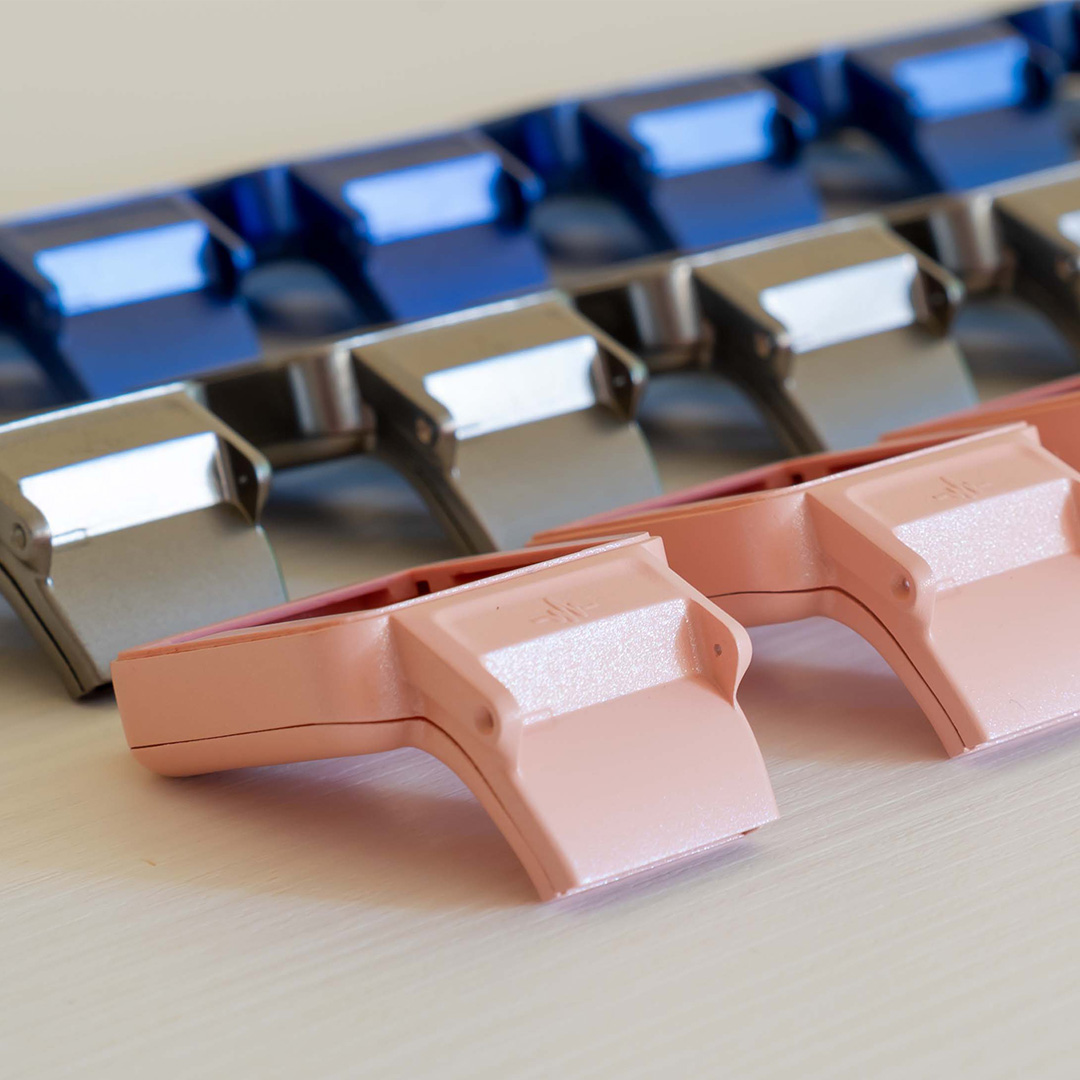Among today’s manufacturers, both medical device prototyping and plastic injection molding for medical devices are viable options for producing complex plastic parts and components. While originally considered competing technologies, these techniques are now each largely recognized as having unique advantages and can even be used together to help optimize production efficiency.
The prototype is usually processed with plastic or metal on a CNC machine or 3D printed or vacuum casting, making several samples. Generally, a prototype is provided to the customer for confirmation, and after the confirmation, the mass production starts.
Through the prototype you can quickly find out the shortcomings of product design and then improve it, with a short production cycle, reduced waste of manpower and material resources in comparison with the mass production.
However, the role of prototyping is not just this one, it plays a central role in production of plastic parts.
In the drive to production, it’s important to understand the volumes involved, and align expectations of what your chosen production process, prototyping or medical injection molding, can achieve.
If you’re wondering whether plastic injection molding or medical device prototyping is the right process for your next project, we’ll explain when to use each technique and how they can be used collectively to support one another.
When to use prototyping techniques for your medical devices manufacturing?
Creanova considers prototyping as the perfect solution when annual volumes are very low, when the products do not have to be very accurately made and when the product’s final geometry is still uncertain (think of prototyping and pilot versions of certain products). Of course, prototyping is also ideal if there is currently insufficient budget for (mould) investments. Tooling for any product can be very expensive, and without knowing how many will be sold, the return on investment (ROI) for the capital expense of tooling may fall into a grey area – maybe the ROI will be acceptable if volumes are high, but maybe not if we don’t hit the sales we think we could.
Please note that when switching from medical device prototyping to medical injection moulding, the properties of the product may change (e.g. the strength, stiffness, draft angles).
In brief:
- low production volumes (100 parts or fewer per year)
- designs with frequent changes
- uncertain annual volumes (investments can be deferred)
- products that are required quickly (some techniques needs only 1-2 weeks)
- Relatively small plastic parts or components
When to choose plastic injection moulding for your medical device manufacturing?
Plastics Injection molding for medical devices is a tried and tested technique that has been used by many Med-Tech companies around the world for a very long time. It is ideal for very small to very large components in medium-to-high annual volumes. Injection-moulded components can be made with an enormous range of plastics, and very high accuracies can be achieved.
Injection-moulding components can be finished with a wide range of fine and coarse surface textures.
Once an injection mould has been made, a very large number of injection-moulded components can then be manufactured one after the other and at relatively high speed:
- products with a low unit price (this is then cheaper than prototyping in the long term despite the mould investment)
- injection moulding parts with high dimensional accuracy
- injection moulding parts that must withstand mechanical stress and special conditions
- Longer turnaround times (5-7 weeks for simple parts)
- Parts of any size or complexity
Medical device prototyping and plastic injection molding are both helpful processes in their own right. Prototyping has given engineers the power to make plastic designs real in relatively short time and with low initial investment. Medical injection molding, on the other hand, is the go-to for quality and value. It is commonly used to quickly and reliably produce high-volume runs of complex plastic designs.
The use of prototyping in innovative and experimental scenarios has been grabbing recent headlines, but the reality is that the majority of today’s plastic parts are manufactured using plastic injection molding. The choice is understandable given how the process helps to control quality, costs, and design complexities such as tight tolerances.
Creanova Medical Manufacturing Engineers have successfully launched many products, from small to high production volumes, guiding clients among the available medical device manufacturing technologies.
Leveraging its 20 years of combined experience in prototype machining, CNC manufacturing, vacuum casting and injection moulding, Creanova serves Med-Tech companies with high quality medical devices which meet their specific needs and requirements.
Contact us to know more!

